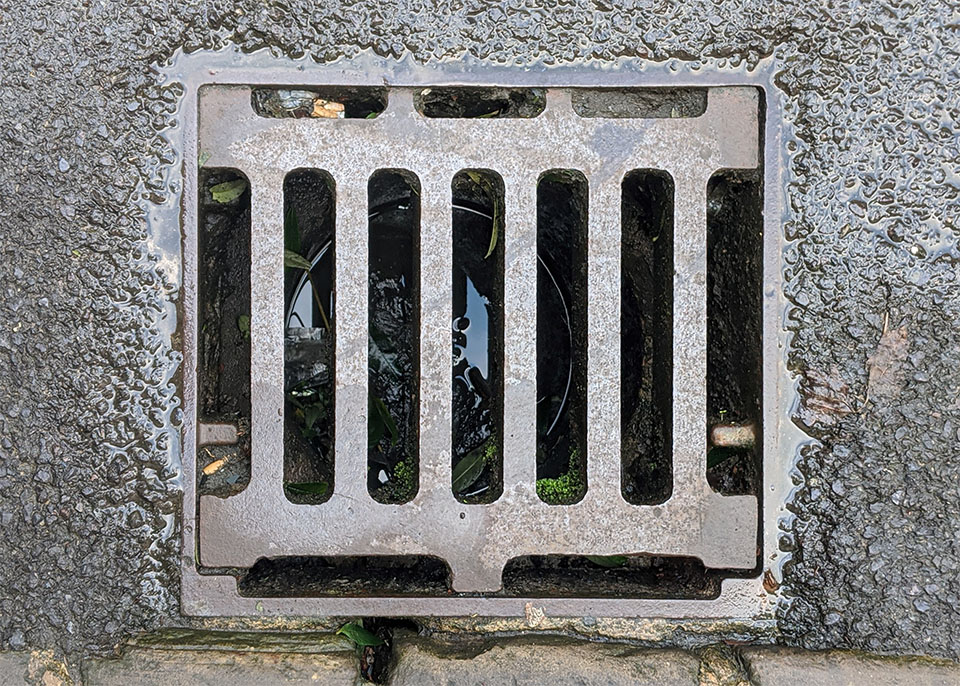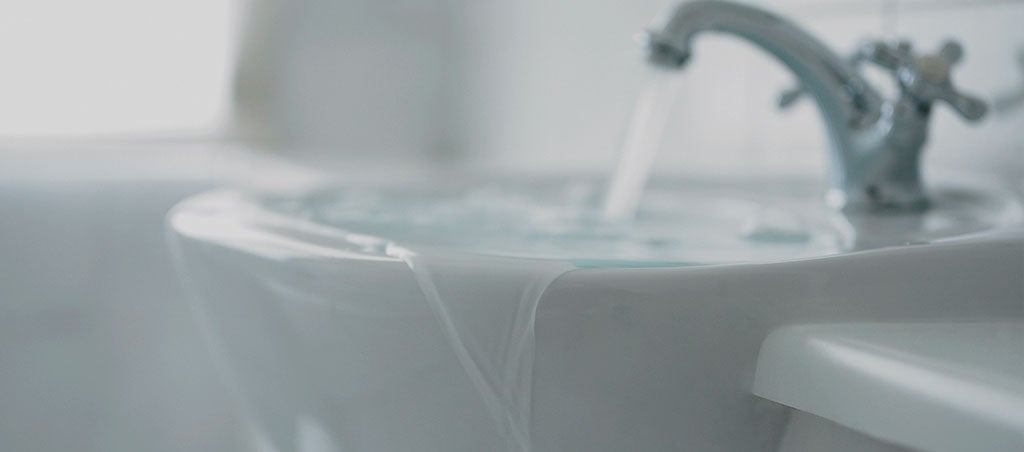This great article underneath on the subject of How to handle a clogged drain in your home is extremely engaging. Have a go and make your own personal final thoughts.

Introduction
Handling an obstructed drainpipe can be an aggravating experience, disrupting daily activities and potentially creating damage to your residential property. However, prior to connecting to pipes experts, there are steps you can require to attend to the issue on your own. In this overview, we'll explore DIY services and safety nets to tackle a blocked drain efficiently.
Determining the Concern
The very first step in addressing a blocked drainpipe is recognizing the signs. Sluggish water drainage, gurgling sounds, foul odors originating from drains pipes, or water backing up are common indicators of an obstructed drain. Recognizing these indicators early can assist prevent better issues.
Common Sources Of Obstructed Drainpipes
Comprehending the aspects that contribute to drain obstructions is essential for reliable resolution. Usual wrongdoers include hair, soap scum, grease, food particles, and international items like sanitary products or paper towels. Tree roots attacking below ground pipelines can likewise trigger significant clogs.
DIY Solutions
For small clogs, a number of DIY services can be efficient. Putting boiling water down the drain can assist liquify grease and debris. Baking soda and vinegar or a combination of salt and cooking soft drink can function as natural cleaners. Making use of a plunger or plumbing snake to displace obstructions is one more choice.
Devices and Devices
Having the right tools accessible can make do it yourself drain cleaning much more reliable. A plunger is a versatile tool for getting rid of blockages in sinks, bathrooms, and showers. A pipes serpent or auger can get to deeper clogs, while drainpipe cleansing chemicals can be utilized cautiously for stubborn clogs.
Preventive Measures
To prevent future blockages, embracing safety nets is vital. Mount drain guards or strainers to catch hair and debris prior to they get in the pipelines. Frequently flush drains with hot water to dissolve oil accumulation, and avoid taking care of oil or solid waste down the drain.
When to Call an Expert
While DIY remedies can deal with small blockages, specific signs suggest the requirement for professional help. Persistent blockages, foul odors in spite of cleaning up efforts, or several drains pipes backing up all at once are warnings that necessitate expert intervention.
Picking the Right Pipes Service
When picking a pipes service, think about variables such as experience, licensing, and customer testimonials. Choose a reputable plumbing technician with a performance history of top quality craftsmanship and transparent pricing practices.
Price Factors to consider
The price of expert drain cleaning services can vary depending upon the intensity of the clog and the plumbing professional's rates. Request quotes from multiple suppliers and ask about any kind of added fees to guarantee openness and avoid surprises.
Security Precautions
When trying do it yourself drain cleansing, prioritize security. Put on safety handwear covers and eyeglasses to prevent contact with harmful chemicals or microorganisms. Never mix various drainpipe cleaning products, as this can generate harmful fumes.
Case Researches
Real-life examples show the efficiency of DIY services and the significance of prompt specialist intervention in fixing drain clogs.
Verdict
By adhering to the pointers described in this overview, you can efficiently deal with obstructed drains pipes and prevent future plumbing problems. Whether opting for DIY solutions or seeking professional help, prompt action is crucial to maintaining a healthy pipes system and preserving the stability of your home.
How to Clear a Clogged Drain Yourself (And When to Call In the Professionals)
What Can Clog a Drain
- Dirt
- Skin flakes
- Hair
- Grease
- Soap scum
- Food
- Offset pipes
- Tree roots
- Small objects
- Mineral buildup
DIY Tricks to Unclog a Drain
You can fix this! Once you have identified the source of the clog (or have a vague idea), you can try one or a combination of these fixes in order to clear your plumbing.
Wire Hanger or Snake
Untangle and clear out hair from a drainpipe with a homemade snake. Use a straightened-out wire hanger with a 90-degree angle hook to locate the clog and drag out any unwanted material.
Remember not to push the clog further down to where the wire hanger cannot reach! If you need to follow up with a plunger, give it a try. Your efforts might be more successful after it’s been wire-snaked.
If you want to get fancy and don’t have a wire hanger to spare, head to the store and pick up a hand-operated drain snake. You can get one for $10-$30. It may save you the hassle, and provide additional length to reach deep into the clogged pipe.
Plunger
A cup plunger has a suction cup attached to a wooden handle. The rubber creates a seal around the drain, and increases the pressure force of the plunger.
Plunge for 30-second increments to loosen the clog. This may need to be repeated over the course of 15-20 minutes. Once plunged, run the water to flush the remaining material out of the drain.
Remember– never use a plunger if you have used a chemical drain cleaner. These chemicals can splash up from the force of the plunger and cause serious injury or burns.
Boiling Water
Hot water can sometimes break up materials into a flushable amount. Dirt, grease, and soap buildup requires heat in order to unstick from surfaces.
Take your kitchen kettle and heat your water to a boil. Once it reaches a rolling boil, pour it directly down the drain into the blockage. Carefully follow with plunging, if necessary.
Don’t worry if this takes more than one try! It can often take multiple kettles and repeated plunging in order to clear a particularly stubborn clog.
Chemical Drain Cleaner
As a last resort, pick up a bottle of chemical drain cleaner. Drain-cleaning chemicals are potent, and not very good for the environment.
You may need to wear protective eyewear in gloves before handling your bottle of chemical drain cleaner. Follow the instructions printed on the bottle, and flush with water as soon as the instructions allow. Do not follow with plunging.
Baking Soda and Vinegar
As a safer alternative to chemical drain cleaner, baking soda and vinegar can create a chemical reaction that clears tough clogs.
Combine one cup of cleaning vinegar with one cup of boiling water, and set aside. Once you have done this, pour half a cup of baking soda down the drain. Give the baking thirty seconds to settle and cover a large portion of the problem drain.
Following the baking soda, pour down your vinegar and hot water solution. Once the vinegar and baking soda combine, the mixture will bubble and fix. Let this reaction fizzle in the drain for about an hour.
After an hour, follow with a kettle’s worth of hot water. The heat and liquid should flush out any remaining material.
When to Call a Plumber
If your DIY attempts haven’t cleared your clog drain, it’s time to call in a professional. It’s not worth losing access to your kitchen sink or high-traffic bathroom. A clog in a vital area can keep you from the things you’d rather be doing, and derail your routine.
Anytime a clog is causing water to spread is a time to call in a plumbing service. What starts out as a little bit of water can quickly grow into serious, expensive water damage.
Additionally, a serious clog can result in burst pipes or serious leaks. Make sure you know when to take it seriously!
https://myguysnow.com/how-to-clear-a-clogged-drain-yourself-and-when-to-call-in-the-professionals/

I am just very interested in What I learned from trying to deal with a clogged drain and I hope you appreciated our page. Enjoyed reading our blog posting? Please share it. Help other people locate it. Thanks for being here. Please check up our blog back soon.
Click Here
Comments on “Strategies for Dealing with a Blocked Drain Before Reaching out to Expert Help”